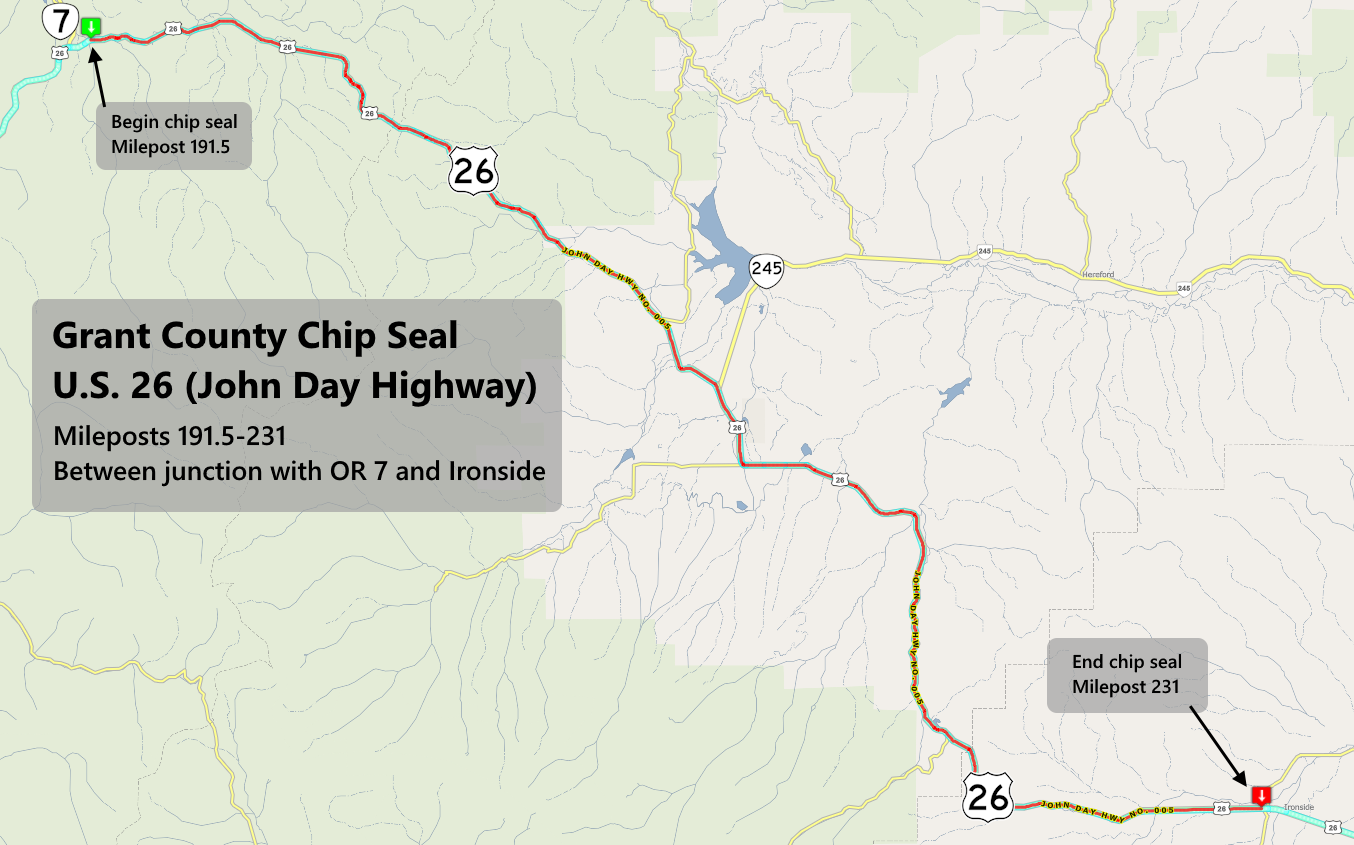Forest Service prescription burn strategy should be reconsidered
Published 12:13 pm Tuesday, October 30, 2018
To the Editor:
I’m writing on behalf of many concerned Grant County residents. I’ve heard more complaints about the smoke this year, as the result of the Forest Service’s controlled burns, than ever. I think people are getting weary of breathing smoke, from June until just about the end of the year. If it’s not our forests burning up by the millions of acres, it’s the Forest Service swinging drip torches.
The following excerpt is from the EPA (Environmental Protection Agency) website.
“One of the main components of smoke is particle pollution (PM), which is a regulated air pollutant. Wildland fires, which include wildfires and prescribed fires, now account for 40 percent of the total PM emitted in the country, making it a major source of the pollutant, which causes lung and health problems.” (https://www.epa.gov/sciencematters/danger-wildland-fire-smoke-public-health)
So on one hand we have the EPA (a government agency) acknowledging the adverse effects of wildland fire smoke, and on the other we have the Forest Service (another government agency) exuberantly making more of it. Do you see anything wrong with this picture?
What’s worse is that the controlled burns we see here on the Malheur forest provide no measurable benefit to the forest. The reason being, they’re only carried out on tiny fractions of the forest and in areas that are actually in decent health. The Malheur forest is 1.7 million acres, and most controlled burns don’t exceed more than a few thousand acres. The largest controlled burns represent less than 0.3 percent of the forest.
So, the Forest Service creates large quantities of smoke while treating only minuscule portions of the forest. These controlled burns do nothing for the high majority of the Malheur forest, which remains in sorry shape.
Also consider that smoke is especially harmful to the young and elderly, and people with respiratory conditions like emphysema and asthma. A number of such people live in areas like Bates, which experience high concentrations of smoke from controlled burns.
In conclusion, I believe the Forest Service’s “prescription burn” strategy should be reconsidered.
Gregg Boethin
Canyon City






